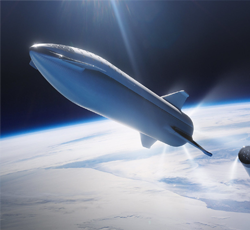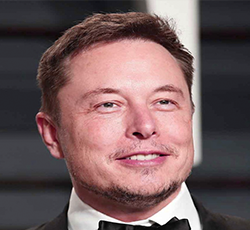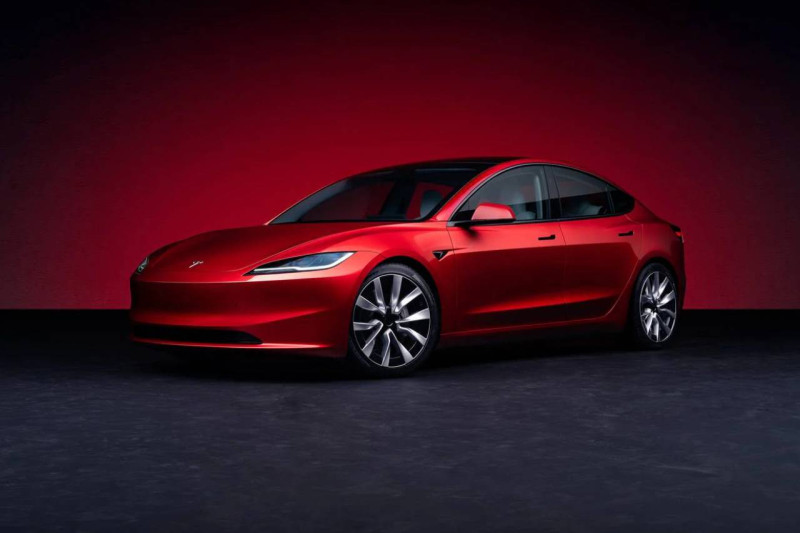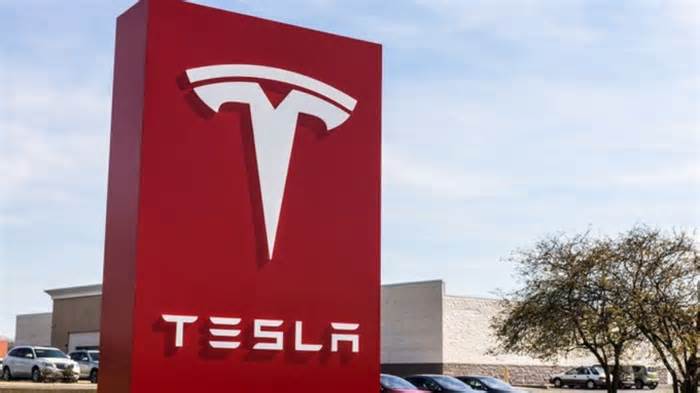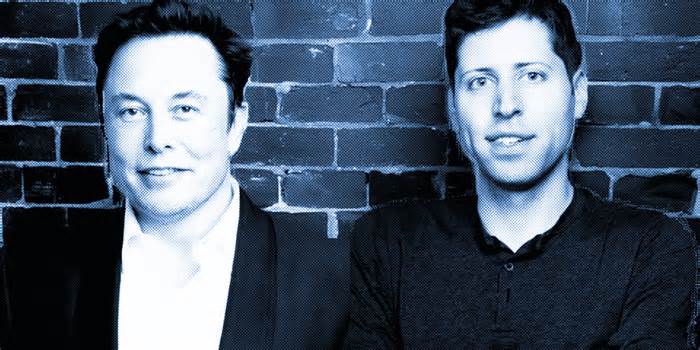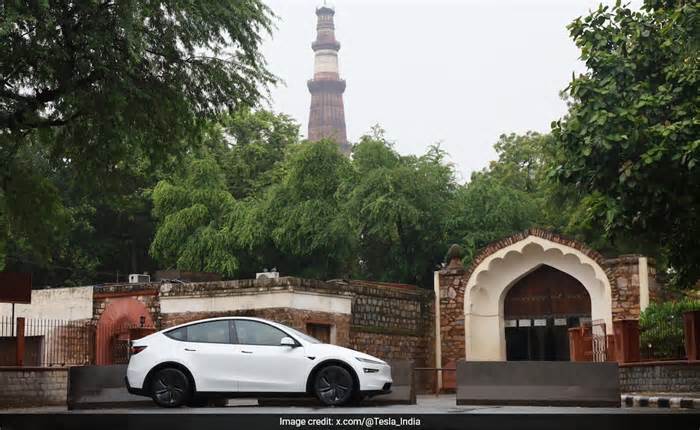
SpaceX's Starship launch a success - NPR
- by NPR
- Oct 13, 2024
- 0 Comments
- 0 Likes Flag 0 Of 5

Transcript
SpaceX launched its massive Starship rocket from Boca Chica, TX and successfully caught the booster portion of the two-stage rocket back at the launch pad, amid concerns about the environmental impact of Starship launches.
Sponsor Message UNIDENTIFIED CROWD: (Chanting) Seven, six, five, four, three...
UNIDENTIFIED PERSON: T-minus five, four, three, two, one.
UNIDENTIFIED CROWD: (Chanting) ...Two, one.
(CHEERING)
SCHMITZ: The company launched its Super Heavy booster carrying one of its Starship spacecraft and brought the massive vehicle safely back to the launch pad in Boca Chica, Texas. NPR's Geoff Brumfiel has been covering the Starship program, and he joins us now. Hey, Geoff.
GEOFF BRUMFIEL, BYLINE: Hey, Rob.
SCHMITZ: So Geoff, I had a chance to see this video, the booster returning to its launch pad, and I got to say, I have never seen anything quite like this. I can't believe humans are capable of this. Tell me what happened here.
BRUMFIEL: (Laughter) Yeah. Well, I mean, basically, Starship - we should say, first of all, it's the largest rocket ever built. Elon Musk wants it to someday go to Mars. And so it's sort of made of two parts. First is Starship itself, which we'll talk about in a minute. But the other section is actually much larger. It's this 33-engine booster that sort of launches Starship on the first part of its journey. And so the goal of this test was to catch the booster as it came back to Earth. Normally, these rocket boosters just fall in the ocean, but SpaceX wanted to catch it. And so the booster flew itself back to the launch pad it launched from, and then these two giant mechanical arms grabbed it as it landed. And, as you said, it is difficult to describe how unbelievable and cool it was, but it nailed it.
SCHMITZ: Yeah, it was amazing. You know, what about the other part of the rocket that you mentioned, the actual spacecraft?
BRUMFIEL: Yeah, so Starship itself went up and went partway around the Earth, and then it came back and reentered sort of to the west of Australia over the Southern Indian Ocean. And as it came in, you know, it started to encounter some heating. It looks like it started to sustain some damage. But it did land more or less on target. It sort of hovered and landed in the ocean and then promptly exploded. But still, this was a test launch, and I think this was a huge success.
SCHMITZ: So Geoff, what's next for Starship and the Super Heavy booster?
BRUMFIEL: You know, the big plan here is to use these rockets again and again. And so Elon Musk would like to be able to recycle and relaunch Starships very rapidly. That's part of his plan to get to Mars. And so, you know, catching the booster today was an important first step, but there's a lot of testing to go. The company wants to go from five tests a year to 25 tests a year, and they're hoping to do that soon. But they are starting to run into some environmental issues. Their launch site's in the middle of a nature preserve, and there are a lot of environmentalists who are worried about the impact all these launches are having.
SCHMITZ: That's NPR's Geoff Brumfiel. Geoff, thank you.
BRUMFIEL: Thanks, Rob.
Copyright © 2024 NPR. All rights reserved. Visit our website terms of use and permissions pages at www.npr.org for further information.
Accuracy and availability of NPR transcripts may vary. Transcript text may be revised to correct errors or match updates to audio. Audio on npr.org may be edited after its original broadcast or publication. The authoritative record of NPR’s programming is the audio record.
Facebook
Please first to comment
Related Post
Stay Connected
Tweets by elonmuskTo get the latest tweets please make sure you are logged in on X on this browser.





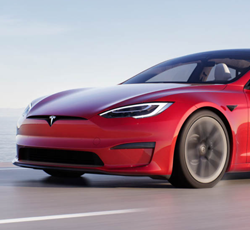
 Energy
Energy